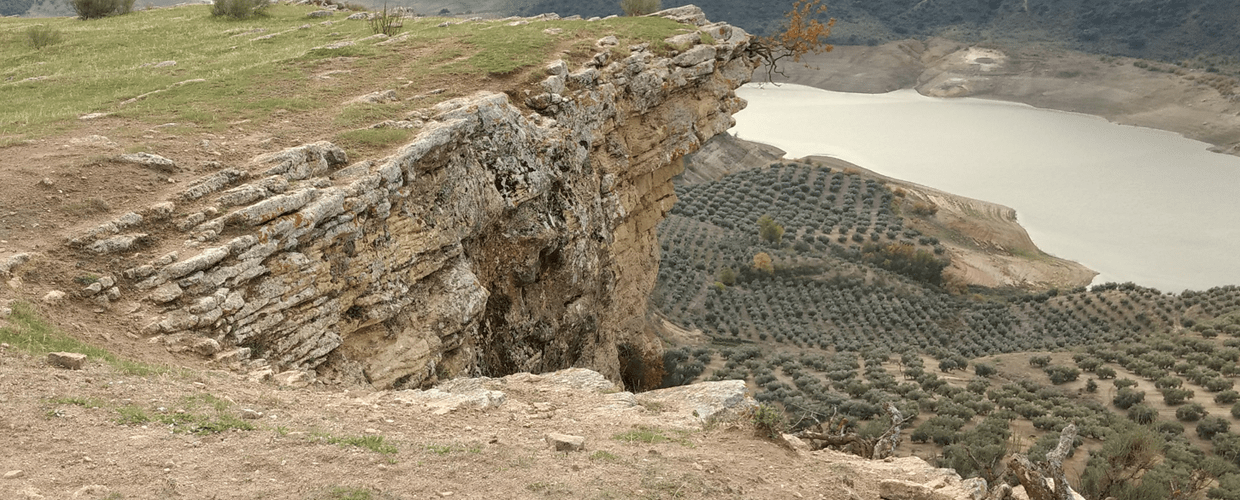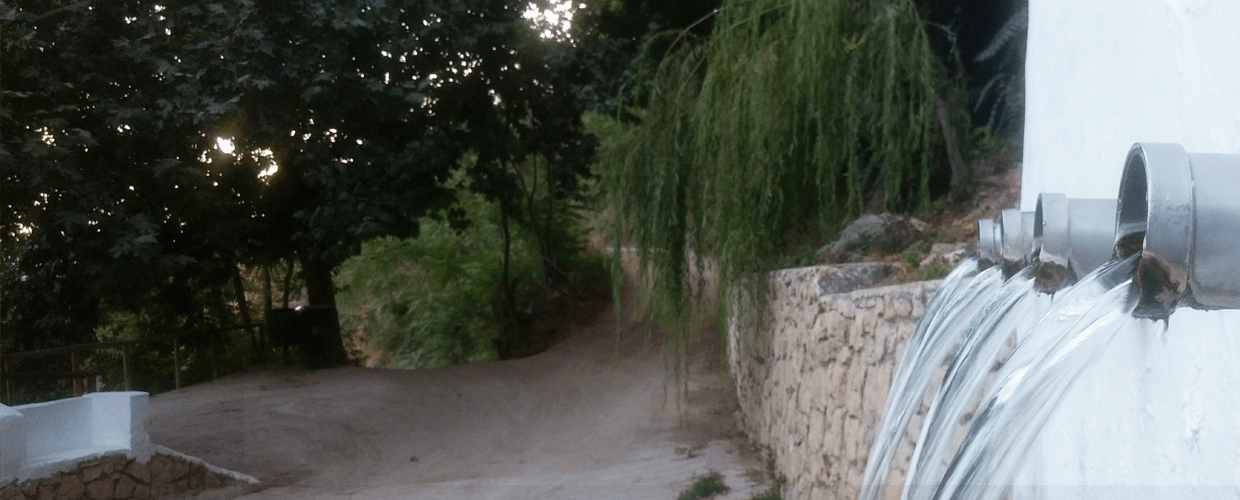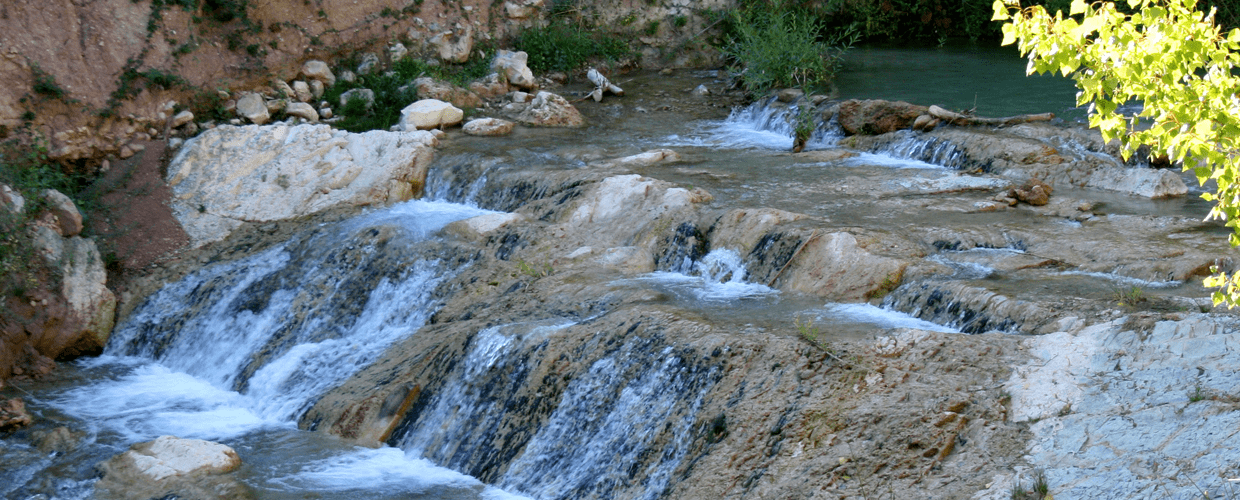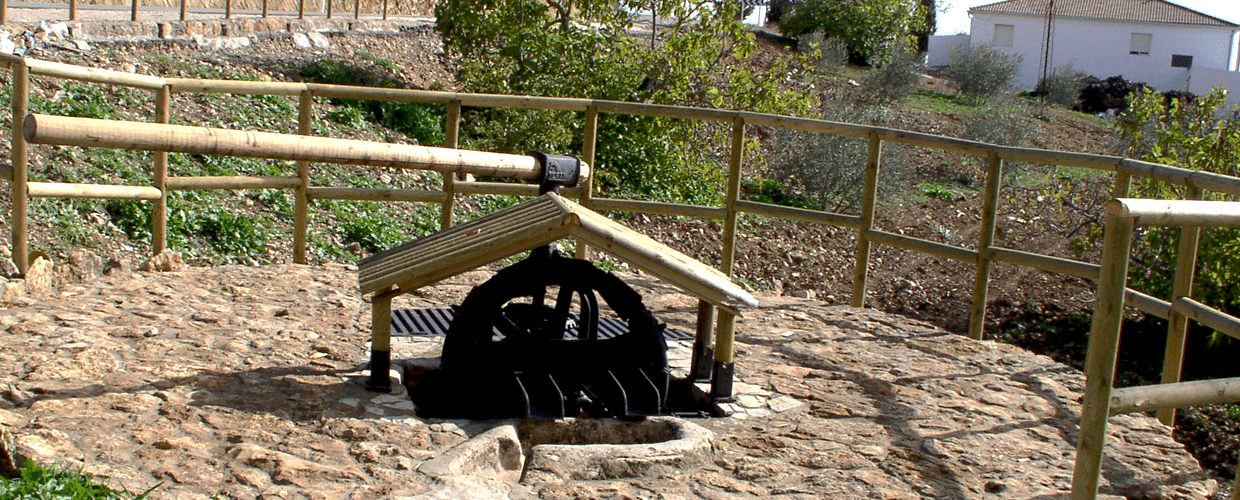Technical description
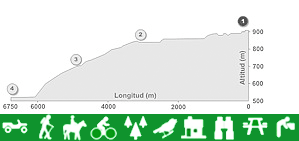
| Type of walk: | |
|---|---|
| Rural walk and for some part the original path between Loja - Priego | |
| Distance: | Difficulty: |
| 6.7 Km | Low |
| Duration: | |
| Hiking (3h 30') / Cycling (1h 30') / Horse riding (2h 30') / Vehicle (30') | |
| Restrictions: | |
| None | |
Itinerary description
The walk starts from the N-321 and is relatively flat as it winds through the olive groves, Holm oak woods and old farmhouses, as in the small hamlet of “Cruz de San Sebastián”. Without leaving the main path it meets up with the “Realenga” or “Via Pecuaria” Loja-Priego, droves or paths used for transporting livestock between Loja and Priego, where you can enjoy extensive views of the landscape around the “Montes de Granada” and the “Sierras Subbéticas”, owing to the high altitude of this part of the route. The “Realenga” descends amongst mature Mediterranean woods until it reaches the enclave of “Tajos del Chite”, deep limestone ravines which form an outstanding landscape.
From this point, continue on down the “Realenga” until it connects with Route of the rivers and their habitats at the “Cortijada La Venta” (a farmhouse known as La Venta). This is a nice resting area and is also the point at which you can start the walk going in the opposite direction.
The environment
The route travels through a mountainous environment where you will see 2 distinct areas, the “Sierra de los Castillejos” to the north and the “Sierra del Chite” to the south, marking out a basin which runs W-E known as the area of “Chite”. These mountains have a geomorphology of outstanding rugged peaks, with high steep sloping cliffs, sheer drops and precipices made from limestone (Tajos del Chite). It has a guaranteed rainfall of 700mm, supplying the streams and springs such as the “Arroyo de Meliena-Chite” and the “Fuente del Chite”.
It is an area of interesting woodland, such as the enclave of “Chite”, which is dominated by the Holm oak and a biodiversity of shrub formations: - barberry, thicket and juniper. The level of the humidity allows for the growth, in the shady areas, of impressive Gall oak standing alone or intermingled with other trees. The complexity intensifies with the appearance of heat-loving pants like “cornicabra” or the lentisk found in the low-lying regions. It has to be emphasized, the existence of centuries old trees like some of the Gall oaks and the age old “Encina del Chite” (Holm oak of Chite). Furthermore, it is an occasional hunting ground for the large birds of prey like Bonelli’s eagle and the golden eagle. You may also come across the ladder snake, Montpellier snake, marten, weasel, genet, mountain cat, or a vulture passing by, a red-legged partridge, common wood pigeon, raven, azure-winged magpie (found in abundance), rabbits and the common hare.
The culture
The economic history of Algarinejo from the 16th C to the 20th C is that of the stockbreeder. This type of economy was introduced way back in the Roman times and possibly during the Muslim era. The network of “Vias Pecuarias” or droves around Algarinejo was essential for the movement of cattle, sheep and “long-tailed” sheep but mostly cows, between the valley of the river Genil and the “Subbética”. The drovers or stockbreeders who traveled along the “meat paths” (as they were known locally) would have to pay tolls at various points, particularly when crossing bridges. This seasonal migration of the animals by the drovers made the most of the estates of impressive Holm oak that had abundant pastures in springsummer. The acorn was used to feed the vast amount of local pigs, and this was the basis for the quality pork industry which still goes on today.
The abundance of wool required an industry that assisted the development of the stockbreeder, thus the production of quality cloth began. The cloth was produced in mills know as “Molinos Batanes”, which were built along the streams of Algarinejo from the 16th C.


